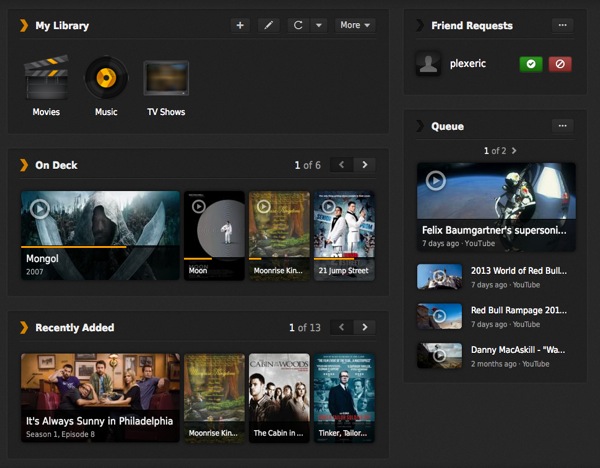

Nvidia hasn’t specified the release date for the 3.2 update, but it shouldn’t be more than a week or two. That’ll be great for loading video onto the server. The Plex update also includes the ability to manage your Shield’s storage over a local network using your computer. Even if you don’t buy expandable storage, 500GB is a good amount of space to get started. The $300 Shield is now the cheapest way to get a usable Plex box up and running. It has support for hardware-accelerated video transcoding in H.264, MPEG2, and HEVC. The Shield is based on the Tegra X1 SoC, a quad-core 64-bit ARM chip with a 256-core Maxwell GPU. Plex says the Shield implementation is possible thanks to the powerful hardware Nvidia used. Some people simply use their main computer as a Plex server, but it has to remain online all the time to work. etc/nginx/sites-available/ is a cool feature because in the past heavy Plex users would have to build reasonably powerful media servers to make their libraries streamable - transcoding does take some horsepower. $ ssh ip.address.of.server -L 8888:localhost:32400Īnd then browse to or if you are running apache, with a reverse proxy, by adding this configuration in nfīelow an example server configuration is given for a reverse proxy using Nginx, including certificate configuration. To begin configuring the Plex Media Server, browse to To configure Plex Media Server remotely, you can first create an SSH tunnel (setup can only be done from localhost) Even though the beta update channel is typically quite stable, it is recommended to install the stable release unless you require specific early access content ( release notes). The latter is only available to Plex Pass subscribers and can provide early access to improvements and/or new functionalities, but also early access to potential bugs.

Install plex-media-server AUR (stable update channel) or plex-media-server-plexpass AUR (beta update channel).


 0 kommentar(er)
0 kommentar(er)
